The day she set foot in Australia to begin her study abroad journey, Ha An never thought she would have to struggle to make ends meet.
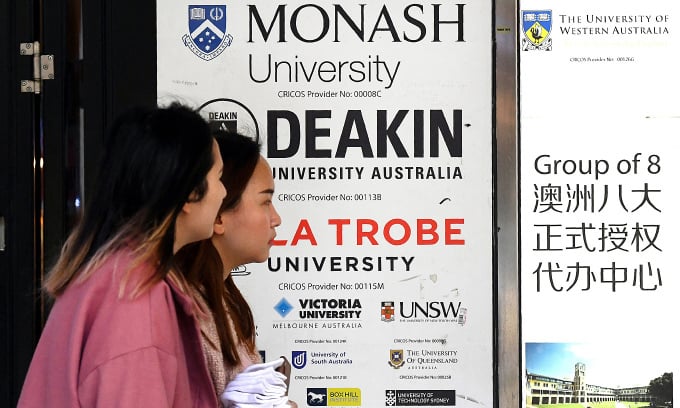
Students in Melbourne, Australia. Photo: AFP
An, 19, is currently studying at Kaplan Business School in Sydney, Australia. Along with her studies, An maintains a part-time job at a fast food chain to ease the burden of studying abroad.
However, with the Australian government reimposing limits on working hours for international students amid rising living costs, An said he was facing financial pressure as he was unable to secure the number of shifts needed to generate enough income to sustain his life.
An’s average work week has dropped from 22 to 18 hours. The drop in income has left An struggling to cope with rising prices for essential goods and the cost of living in Australia.
An said his spending habits have been forced to change significantly.
"I have had to switch to shopping at Vietnamese markets because the prices there are lower," An told VnExpress International . "Overall, I now shop less and limit spending on non-essential things."
An is not the only international student affected by the Australian government’s new work hours regulations. Riya Kattady, a master’s student in engineering at Western Sydney University, told The Guardian in July 2023 that she had started making her own coffee at home as takeaway coffee “became a luxury” due to her reduced income.
"Now I have to think carefully before every expense," Riya explains. "I can't work overtime anymore... I have to save and plan everything."
The Australian Department of Home Affairs has introduced a new policy, effective from 1 July 2023, that will limit international students to working no more than 48 hours per fortnight during term time. This marks a major change from the policy that allowed unlimited working hours during the pandemic.
The challenges international students face in the workplace also include the risk of being underpaid. According to a 2023 report by the Grattan Institute, cited by the Australian Broadcasting Corporation (ABC) , one in six migrants in Australia earn less than the national minimum wage.
International students are also included in this group, and their young age also makes them more likely to be paid less, says Grattan Institute economist Brendan Coates.
“The hour limit makes them even more vulnerable to low wages,” he said.
With the minimum wage for workers aged 21 and over in Australia set at $21.38 (VND343,313) per hour, the report found that 5-16% of newly arrived migrant workers in Australia are paid less than this. Of those, 1.5-8% are paid at least $3 below the minimum hourly wage.
According to Times Higher Education , a survey of more than 6,000 participants, as part of a project funded by the Australian government, showed that 45% of participants wanted to work more than 48 hours per fortnight.
Specifically, 27% want no limit on working hours. 11% want the limit raised to 50 hours per fortnight, and 7% support a 60-hour limit.
“They want to be free to decide,” said Ly Tran, an international education researcher at Deakin University in Australia and the project leader.
In addition to the limited working hours, the rising cost of living, including rent, food prices and transportation costs, also makes the difficulties faced by international students more serious.
According to a report released in January 2024 by the Australian Bureau of Statistics, the consumer price index in this country increased by 4.1% within a year up to the time of the report's release.
Michelle Marquardt, head of prices at the Australian Bureau of Statistics, said a 4.6 per cent rise in housing prices and a 4.4 per cent rise in food and non-alcoholic beverage prices were the main drivers of inflation.
However, some, like Yeganeh Soltanpour, president of the Council of International Students in Australia, support the policy of limiting working hours. Speaking to the Sydney Morning Herald , Yeganeh argued that allowing international students to work unlimited hours in the past has led to many students missing classes and failing grades due to work overload.
Minh Hang, 25, a psychology intern in Melbourne, Australia, also appreciates this policy because she believes it will encourage students to focus more on their studies. Hang herself said that her major is heavy, so having to comply with the work time limit helps her have more time to improve her professional knowledge.
Despite seeing the potential benefits of reducing working hours, Hang had to move to rent a house in a more affordable area further from the city center to save money.
Australian authorities have implemented many measures to address the above challenges. One notable example is the Reserve Bank of Australia’s (RBA) anti-inflation efforts, which saw interest rates rise to a 12-year high of 4.35% in July 2023, aiming to keep inflation in the 2-3% range, according to The Guardian .
According to Reuters , Australian Prime Minister Anthony Albanese also announced in January 2024 that the government was looking for new solutions to reduce pressure on the cost of living without increasing inflation.
"We have asked Treasury and Finance to look at measures that can ease the cost of living burden on families without creating inflationary pressures," Prime Minister Anthony told a press conference in Sydney.
While authorities and international students work together to overcome current challenges, the 645,516 international students in Australia - according to August 2023 figures from ICEF Monitor - must continue to struggle to survive.
“I feel pessimistic,” An said. “With the high cost, I’m not sure if I can afford to stay until I finish my studies.”
Source link




![[Photo] Prime Minister Pham Minh Chinh chairs a meeting on the implementation of the Lao Cai-Hanoi-Hai Phong railway project.](https://vphoto.vietnam.vn/thumb/1200x675/vietnam/resource/IMAGE/2025/5/20/0fa4c9864f63456ebc0eb504c09c7e26)





















![[Video] Reducing pressure on students and parents when enrolling students](https://vphoto.vietnam.vn/thumb/402x226/vietnam/resource/IMAGE/2025/5/20/65c99b421e0a4647980764de9c76846a)

































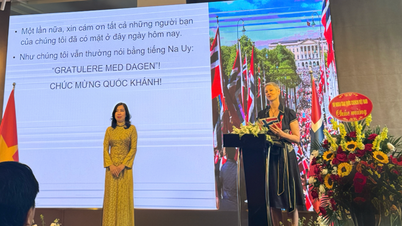







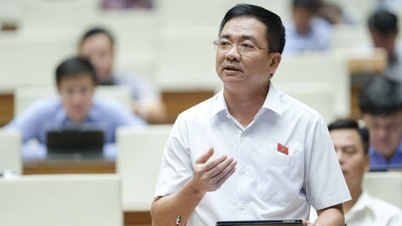




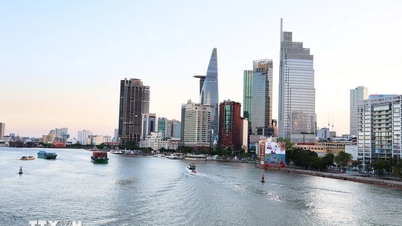









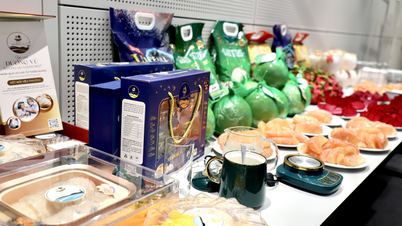




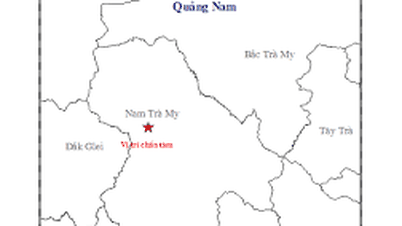

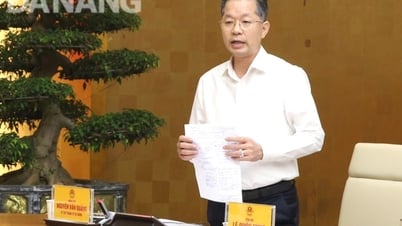











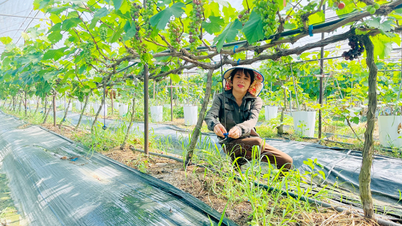

Comment (0)